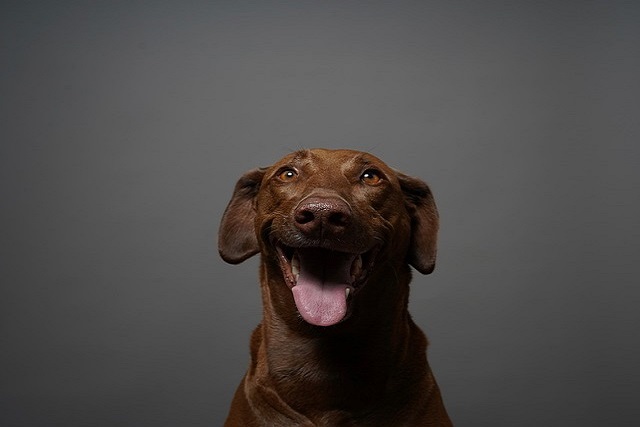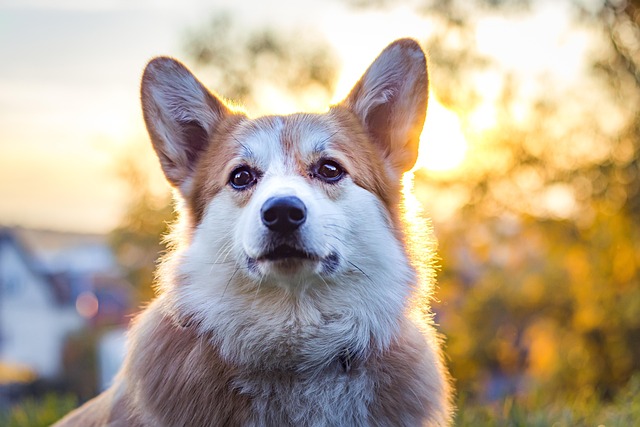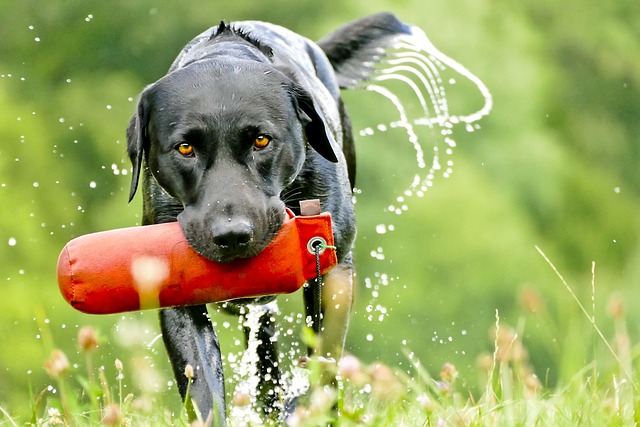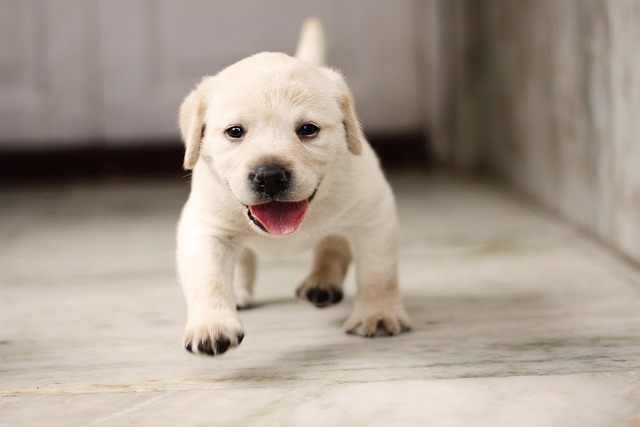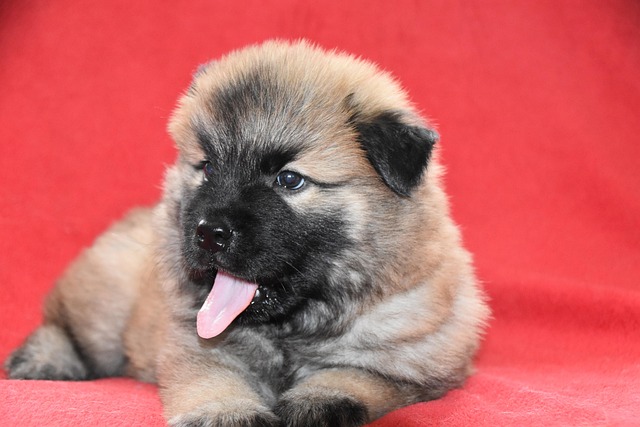In the living room bathed in sunlight, when a Teddy dog raises its fluffy little paw and gently places it in the palm of your hand, that agility and tacit understanding can instantly melt the owner's heart. Teaching a Teddy dog to shake hands is not only an interesting interactive skill but also an excellent way to establish a deep emotional bond. Behind this seemingly simple action lies the scientific principles of animal behavior, and it also carries the love and trust between the owner and the pet.
Teddy dogs are small dog breeds. They are highly favored due to their high intelligence and lively, affectionate personalities, which provide a natural advantage for training them to shake hands. From the perspective of animal behavior, a dog's learning is based on the principle of conditioned reflex. Through positive reinforcement training, a connection is established between a certain behavior and a reward, so that the dog will actively repeat that behavior. When training a Teddy to shake hands, what we need to do is to guide the Teddy to associate the action of raising its paw with rewards such as delicious treats and enthusiastic praise, and gradually form a stable conditioned reflex.
The preparations before training are the foundation of success. Firstly, select suitable training treats for the Teddy. The treats should be small and delicious, such as dried chicken and cheese cubes. They can quickly attract the Teddy's attention without making it lose interest due to overeating. Secondly, choosing a quiet and undisturbed training environment is also crucial. A corner of the living room or your own small yard are both good choices. Reducing external interference can make the Teddy more focused on the training. In addition, the owner also needs to adjust their mindset. Training is a gradual process that requires sufficient patience and gentleness. One should never be too hasty or lose their temper because the Teddy doesn't cooperate.
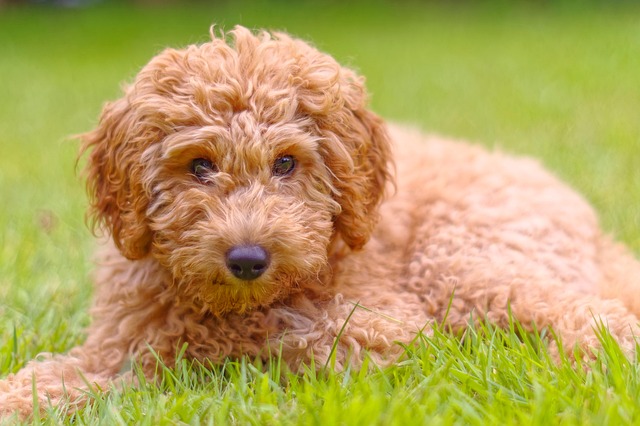 During the formal training, the owner can first let the Teddy sit. This is because when a dog is sitting, its body is relatively stable and it is easier to control its movements. The owner squats in front of the Teddy, at eye level with it, and calls its name with loving eyes and a gentle tone to ensure that its attention is fully focused on the owner. Then, take out the prepared treat and gently shake it in front of the Teddy to arouse its appetite and curiosity. When the Teddy's eyes closely follow the treat, raise the hand holding the treat above its nose and pause for a moment to guide it to naturally raise its head.
During the formal training, the owner can first let the Teddy sit. This is because when a dog is sitting, its body is relatively stable and it is easier to control its movements. The owner squats in front of the Teddy, at eye level with it, and calls its name with loving eyes and a gentle tone to ensure that its attention is fully focused on the owner. Then, take out the prepared treat and gently shake it in front of the Teddy to arouse its appetite and curiosity. When the Teddy's eyes closely follow the treat, raise the hand holding the treat above its nose and pause for a moment to guide it to naturally raise its head.
At this time, the owner uses the other hand to gently lift one of the Teddy's front paws while clearly and slowly giving the command "shake hands". The moment the paw is lifted, immediately give the treat as a reward and offer enthusiastic praise, such as "Great job" or "Good boy/girl". At the same time, gently stroke its head or back to let it feel the owner's joy and appreciation. During this process, the action and the command should be carried out simultaneously, so that the Teddy gradually associates the sound signal of "shake hands" with the action of raising its paw.
At the beginning of the training, the Teddy may not quite understand the owner's intention and may be uncooperative or move around frequently. This is very normal, and the owner should be patient and repeat the above actions. Each training session should not be too long, preferably 5 - 10 minutes, to avoid the Teddy developing a resistant attitude due to fatigue or loss of interest. As the number of training sessions increases, the Teddy will gradually understand that it can get a reward by raising its paw and start to make the handshake action actively.
When the Teddy can cooperate and make the handshake action when the owner lifts its paw, you can try to reduce the assisting action and just give the "shake hands" command to observe whether it will raise its paw on its own initiative. If the Teddy doesn't respond, the owner can use the treat to guide it again and repeat the previous steps to strengthen its memory. At this stage, the owner's expression and tone play an important role. Expectant and encouraging eyes and an excited tone can give the Teddy more confidence and motivation.
As the training progresses, gradually lengthen the time interval between when the Teddy makes the handshake action and when it gets the reward, so that it understands that it can still receive a reward even if it waits for a while. At the same time, try to conduct the training in different environments and at different times to enhance its adaptability and stability in responding to the "shake hands" command. For example, in new environments such as a park or a friend's house, test whether the Teddy can complete the handshake action smoothly without being disturbed.
During the training process, it is inevitable to encounter some small problems. Some Teddys may be too excited and, after the owner gives the command, jump up and pounce on the treat directly. Others may be lacking in interest in the training and remain indifferent. For a Teddy that is too excited, the owner can conduct the training after it calms down. When it can sit quietly and wait for the command, immediately give a reward. For a Teddy that is not interested, in addition to changing to more delicious treats, you can also try using its favorite toy as a reward to increase the fun of the training.
Teaching a Teddy dog to shake hands is like a journey full of surprises and touching moments. In this process, every bit of patience and love that the owner puts in is quietly bringing them closer to the Teddy. One day, without the need for a treat to guide it, as long as the owner gently says "shake hands", the Teddy will raise its little paw without hesitation. The warmth and sense of achievement at that moment will make all the efforts worthwhile.
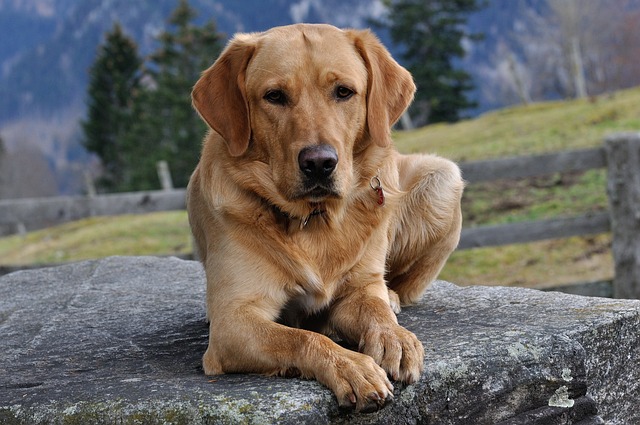
 During the formal training, the owner can first let the Teddy sit. This is because when a dog is sitting, its body is relatively stable and it is easier to control its movements. The owner squats in front of the Teddy, at eye level with it, and calls its name with loving eyes and a gentle tone to ensure that its attention is fully focused on the owner. Then, take out the prepared treat and gently shake it in front of the Teddy to arouse its appetite and curiosity. When the Teddy's eyes closely follow the treat, raise the hand holding the treat above its nose and pause for a moment to guide it to naturally raise its head.
During the formal training, the owner can first let the Teddy sit. This is because when a dog is sitting, its body is relatively stable and it is easier to control its movements. The owner squats in front of the Teddy, at eye level with it, and calls its name with loving eyes and a gentle tone to ensure that its attention is fully focused on the owner. Then, take out the prepared treat and gently shake it in front of the Teddy to arouse its appetite and curiosity. When the Teddy's eyes closely follow the treat, raise the hand holding the treat above its nose and pause for a moment to guide it to naturally raise its head.